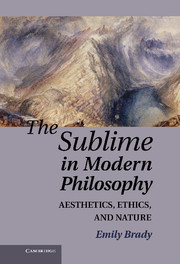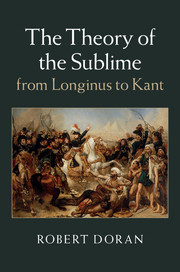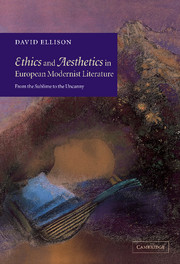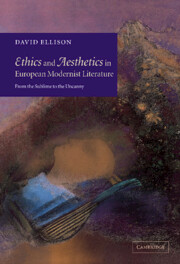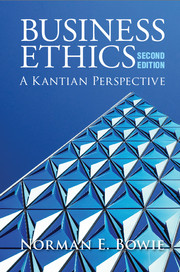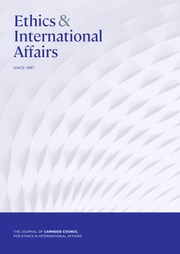The Sublime in Modern Philosophy
In The Sublime in Modern Philosophy: Aesthetics, Ethics, and Nature, Emily Brady takes a fresh look at the sublime and shows why it endures as a meaningful concept in contemporary philosophy. In a reassessment of historical approaches, the first part of the book identifies the scope and value of the sublime in eighteenth-century philosophy (with a focus on Kant), nineteenth-century philosophy and Romanticism, and early wilderness aesthetics. The second part examines the sublime's contemporary significance through its relationship to the arts; its position with respect to other aesthetic categories involving mixed or negative emotions, such as tragedy; and its place in environmental aesthetics and ethics. Far from being an outmoded concept, Brady argues that the sublime is a distinctive aesthetic category which reveals an important, if sometimes challenging, aesthetic-moral relationship with the natural world.
- Provides a systematic philosophical study of the sublime from the height of its popularity in the eighteenth century to its renewed importance as a form of valuing nature, and presents a persuasive argument for the significance of the sublime today
- Discusses the value of the sublime for issues in contemporary aesthetics, including imagination, emotion, tragedy, and the relationship between aesthetic and moral value
- Shows the relevance of the sublime for philosophy in the Anglo-American tradition, where it has been largely overlooked
Reviews & endorsements
"For those interested in an in-depth examination of the sublime over an extended period of time, pairing this volume with Timothy Costelloe's edited The Sublime (CH, Jun'13, 50-5533) would provide a nice overarching analysis. Summing up: Recommended. Upper-division undergraduates and above."
Choice
'… an ambitious, erudite, and impressive study of the history of the aesthetic category of the sublime that makes a strong case for the ongoing relevance of the sublime as an important aesthetic category in environmental aesthetics. It should be read by anyone seriously interested in the connections between aesthetics, ethics and nature.' Sandra Shapshay, Notre Dame Philosophical Reviews
'Owing to the quality of its scholarship, Brady’s book is sure to be a standard reference. Those looking for a trustworthy one-stop shop on the sublime as historically conceived need look no farther. [The] concluding chapter is a welcome and edifying contribution to the literature that seeks to keep the past firmly alive for the present.' Christopher Williams, Journal of the History of Philosophy
'In this detailed, scholarly work Emily Brady seeks to renew the aesthetic concept of the sublime by clarifying its heritage and demonstrating its relevance to contemporary, environmental sensibilities.' Isis Brook, Environmental Values
'The book is a considerable achievement and an important one for those working in aesthetics or environmental philosophy. There is great insight here about a significant aesthetic experience and the light it sheds on the human relation to nature. Those interested in the historical development of the notion of the sublime should also pay attention to this book. Brady has made her case that the sublime deserves a prominent place in contemporary aesthetics and environmental thought.' Ned Hettinger, Environmental Ethics Journal
Product details
August 2013Hardback
9780521194143
240 pages
229 × 152 × 17 mm
0.52kg
4 b/w illus.
Available
Table of Contents
- Part I. The Historical Sublime:
- 1. The eighteenth-century sublime
- 2. The Kantian sublime I: pre-critical and critical work
- 3. The Kantian sublime II: nature and morality
- 4. The Romantic sublime
- Part II. The Contemporary Sublime:
- 5. Art and the sublime
- 6. Tragedy and the sublime
- 7. The sublime, terrible beauty, and ugliness
- 8. The environmental sublime.

